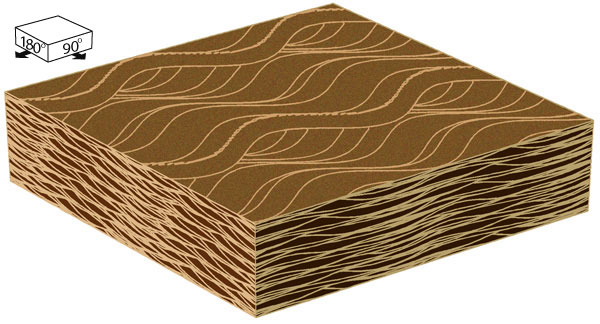Pacific Coastal and Marine Science Center
Bedform Sedimentology Site: “Bedforms and Cross-Bedding in Animation”


FIG. 69. Structure formed by migrating, asymmetry-reversing bedforms with along-crest-migrating sinuosities. The migration speed of the bedform is equal to the along-crest speed of the crestline sinuosities. Bedform morphology is virtually identical to that shown in Figure 55, but in that figure the bedform is nonmigrating (perfectly longitudinal) and nonreversing. The image above shows bedform morphology at a time in the asymmetry cycle when the bedforms face most steeply to the right; the image on the right shows bedform morphology at a later time in the same asymmetry cycle, when the bedforms face most steeply to the left. Ahmed Benan and Kocurek (2000, fig. 8A) described relatively similar eolian stratification that they interpreted as deposits of oblique dunes.
RECOGNITION: Along-crest migration of the crestline sinuosities of these bedforms is obvious in the horizontal sections and is also expressed in the preferred dip (toward the right) in the vertical sections parallel to the bedform crestlines. Examination of horizontal and vertical sections on the block diagram shows that the scallop-shaped bounding surfaces strike in the same direction as the bedform trend, which indicates that the bounding surfaces formed by changes through time in morphology of the entire bedform rather than by along-crest-migration of superimposed features.
ORIGIN: Bedforms capable of producing this kind of structure are probably common in flows that reverse direction, but not by exactly 180 degrees. Likely bedforms include some linear eolian dunes, tidal sand waves and ridges, and oscillation ripples.